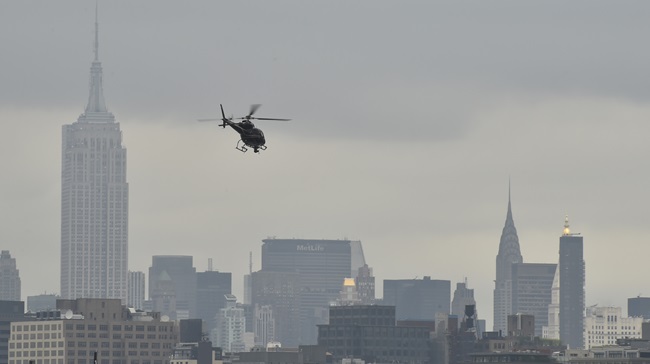Changes coming to Washington, D.C., area VFR operations
Pilots who conduct VFR flights in the Washington, D.C., area should familiarize themselves with new notices to airmen that take effect at 0001Z on January 15, including revisions to operating procedures to three airports within the Washington, D.C., Special Flight Rules Area’s Flight Restricted Zone, and in the Leesburg Maneuvering Area at Leesburg Executive Airport in Virginia.
AOPA urges pilots of manned and unmanned aircraft to review the notices to airmen carefully before operating in the areas described.
Updated procedures for the airports in the FRZ are contained in notam 0/0053 and complementary notams that will replace existing notam 8/3032. The update removes a federal law enforcement waiver requirement and adds language requiring that VFR operations to or from College Park Airport, Potomac Airfield, and Washington Executive Airport/Hyde Field, all in Maryland, take place in designated corridors defined by radials from the Washington (DCA) VOR/DME. The use of the corridors to and from the “Maryland Three” airports avoids having the flights cross the FRZ.
Revisions to procedures at Leesburg Executive Airport are addressed in notam 0/3929, which adds language authorizing the remotely operated Leesburg Tower to assign transponder code 1234 to aircraft flying in the airport traffic pattern when the tower is in operation. Pilots flying to and from Leesburg are reminded to squawk transponder code 1226 when departing the Leesburg Maneuvering Area and entering the SFRA.
Notam 9/1811, which contains supplementary special security instructions for unmanned aircraft flights, will replace notam 6/1117. The new notam adds language pertaining to commercial unmanned aircraft operations, and adds language authorizing certain commercial or public-use UAS flights in the FRZ if an airspace waiver has been granted. A requirement of the prior notam for a UAS operator to notify air traffic control or an airport operator if the flight operation is within 5 miles of the facility has been removed.
DCA VOR/DME to remain in operation
Because of the DCA VOR/DME’s importance to national security by virtue of its role in facilitating SFRA navigation, the FAA is retaining the navaid indefinitely. The agency agreed to do so, at AOPA’s urging, reversing its plan to shut down the DCA VOR/DME as one of the navaids to be discontinued as part of the NextGen airspace modernization program’s VOR Minimum Operational Network effort.




